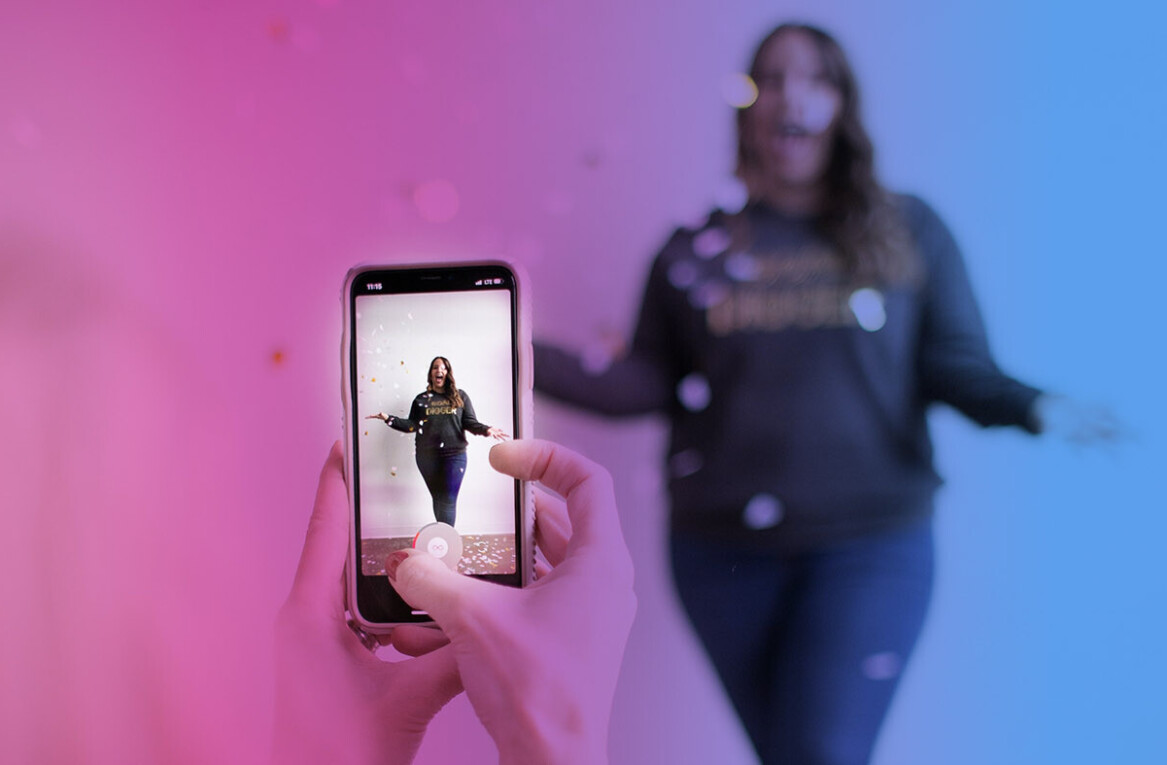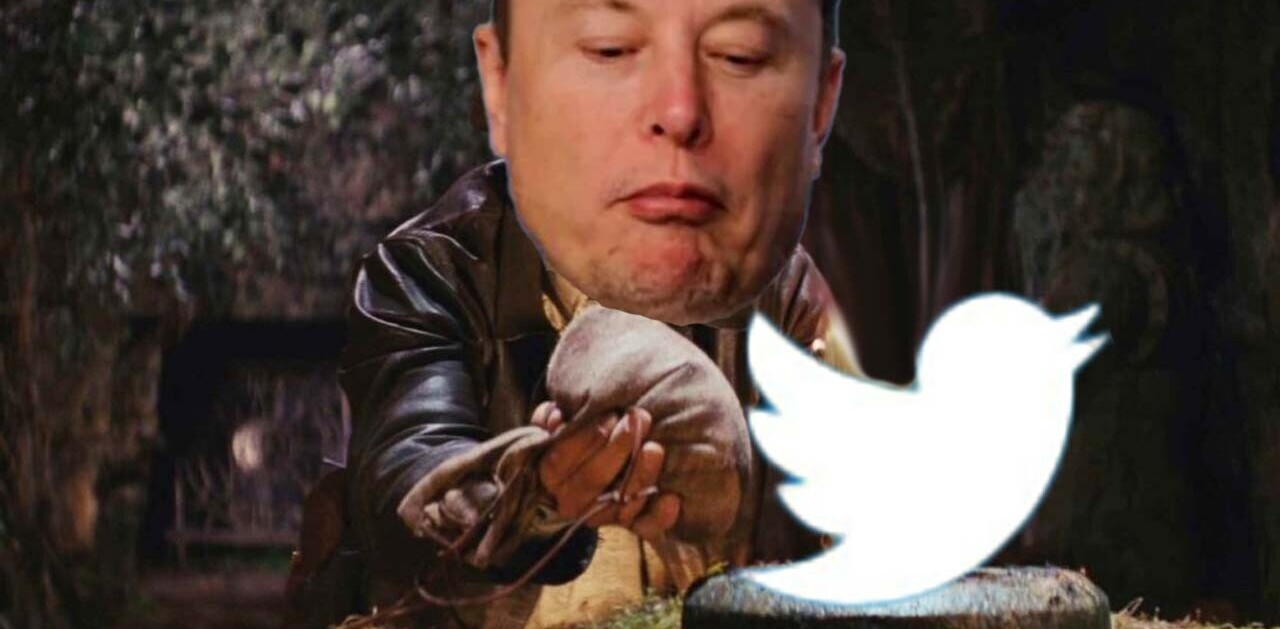
| This series is brought to you by TurboTax Federal Free Edition. |
–
The Internet is such a wonderful thing, isn’t it? I mean, it’s brought us together today to talk about things like how social media affect your spending habits. That has to count for something, right?
The question isn’t whether social services on the Web influence how we spend money, but rather how they affect your habits. At the end of the day businesses can’t survive without making money, and that’s why we’re seeing a flood of social services that might push you over the ledge to buy that new shiny thing that you probably can’t afford. That’s how they’re going to make money, after all.
We’ve all seen how social media can influence our spending and I’ve had a recent example that illustrates this topic perfectly. A friend of mine posted a cool pair of Converse sneakers on Facebook that, get this, had Dr. Seuss characters on them. How cool is that? I clicked the link and saw that they were on sale. Without thinking twice, I purchased a pair of the shoes for myself and less than 3 days later, I was wearing them on my feet.
Social media totally affected my spending habits in that scenario and it did it in three ways; influence, information, and yes, indiscretion. Let’s take a look closely at each of these.
Influence
In the scenario that I explained above, I was clearly influenced by a friend of mine on Facebook. When I saw the link with a picture of the shoes I jumped at clicking on them because I trust my friend, she’s pretty good at finding cool stuff. If she took the time to post the shoes, then they’re clearly worth at least looking at.
The only thing that she posted along with her link was the word “WANT”. Clearly, these are shoes that haven’t just gotten her attention, she might actually buy a pair. She’s already gone through the process of finding the item, blessing them as “cool”, and then shared them out to her friends. All of the “hard work” was done for me, all I had to do was check them out.
Information
Along with the influence of a friend on a site like Twitter or Facebook, they’re giving you the information that you need before you take your credit card out to make a purchase. When it comes to sharing items for purchase on the web, you’re usually sent directly to the order page for that item. These are well thought out landing pages that companies are banking on sealing the deal once you visit.
What will you find when you visit one of these item pages? Information, and a lot of it. You’ll see how many other people “Liked” it on Facebook, reviews from others who have bought it, and tons of beautiful photos. All of the information you would ever need to make a purchase is right there. There’s no need to talk to a salesperson or do any comparison shopping because you have everything packaged up nicely for you.
Indiscretion
Once your friend has shared something and you’ve found the information that supports the originally perceived coolness of it, then it’s time to throw caution to the wind and buy the thing.
Indiscretion is the part of this that makes social media so valuable for companies when it comes to tapping into our spending habits. Our friends have a lot of influence over what we do, where we go, and what we buy. And rightfully so, we trust them and that’s why they’re our friends. Companies know that if they can excite someone about a product, it might turn into a slew of sales for them. Even if the original poster of the cool thing doesn’t buy the item, they’ve blessed it for everyone else.
Once my friends think something cool and the information I’m given backs that up, I will make some pretty foolish purchases. I’ve bought movie-themed items, video games on a whim, and well…Dr. Seuss sneakers. Why? Because the sales cycle was social and fast.
When you’re in a physical store it’s easier to come to your senses and save your money. But even then, I’ve tweeted while I was at Best Buy, hoping that my friends could validate a potential purchase for me with their inherent influence. That’s exactly how social media affects my spending habits, and even as I type it out, it’s unlikely that I’ll pass on the next awesome thing that one of my friends post online.
My generation, and generations to come, are pretty bullet-proof when it comes to advertising and commercials. Big companies know that and that’s why they’re investing in getting themselves into social discussions online. The only time I pay attention to commercials is during the Super Bowl and rarely will I make a purchase just because the commercial was cool.
That’s right, I trust my friends a lot and I’m not afraid to say it. However, it’s exactly what the next wave of e-commerce sites are hoping for and I’ll be preyed on because of it. But that’s cool, keep those Dr. Seuss shoes coming and I’ll keep buying.
Get the TNW newsletter
Get the most important tech news in your inbox each week.




